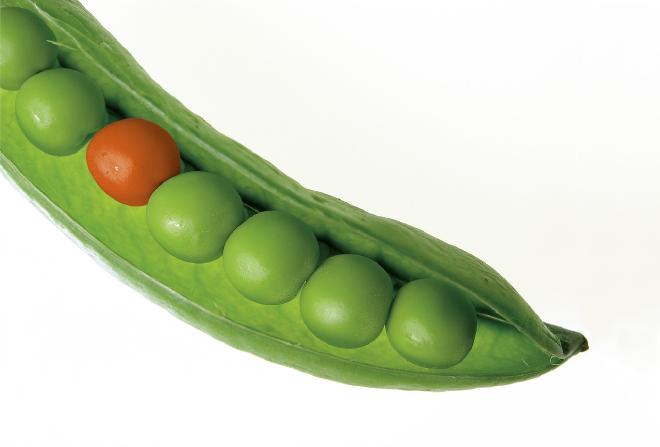How Do You Know What To Tap On?

You may have noticed how complicated your inner life is.
At any moment in time there are thoughts, feelings, memories, fantasies, images, physical sensations, etc. floating along in your stream of consciousness. Some of it may be important, some of it not so much.
If we want to use tapping to work on one of our own issues, or to work with someone on one of theirs, the contents of that stream of consciousness becomes important because you will need to tap on some of it.
Sometimes there’s too much ‘stuff’ to deal with.
When we are struggling to handle difficult emotional issues and trying to understand what is happening, the amount of stuff to tap on can be overwhelming. There’s a lot going on, and if you can only tap on one thing at a time, how do you choose what to tap on?
If you are tapping with someone else you could listen to their descriptions of what’s going on and try to decide from that what is the most important thing to work on. That could take a while and you would have to decide what the most important thing was from all those words (the most important thing might not even have been voiced).
One way of handling all that information would be to make a list of all the aspects of their experience, then give each one a SUDs score from 0-10 to estimate their relative intensity. Now you would have a list of ’tapping targets’ and you could get to work.
This approach can work well, but it does have a few drawbacks:
- It is slow. Our inner world usually moves much more quickly than we can describe it, to describe and evaluate each aspect takes time.
- To describe our experience we have to ’step out of it’ to talk about it. In most cases tapping works best when we are in our experience.
- Once we have described our experience we have to get back ’into it’ to make the most of the tapping.
- It’s hard to stay in a state of flow if you are stopping and starting in this way.
There is a simple way to find out what is important to tap on that bypasses those drawbacks and enhances the flow of the tapping.
But first, have you ever stubbed your toe?
One moment your mind is happily (or unhappily) occupied and then your attention goes straight to the vivid pain (while you hop around the room cursing).
This process is automatic and unconscious. You don’t have to say to yourself “Pay attention to the pain” it just happens. Millions of years of evolution has made us exquisitely attentive to pain and distress because they represent potential threats to our survival. Paying attention to these signals may keep us safe, so when there is pain and distress that’s where our minds go.
The most intense part of our awareness is the most noticeable part and that draws our attention to it.
But what does stubbing your toe have to do with tapping?
All the feelings, emotions, thoughts, memories, images and everything else swirling around in our awareness will have different ’emotional intensities’.
The one with the most intensity is probably the one that draws your attention and needs your attention (and tapping).
So an easy way to find out what to tap on is to ask the person doing the tapping: “What is most noticeable?”
To answer this question your mind has to sort through your awareness to decide which aspect has the most emotional charge. If there is a mental stubbed toe this won’t be difficult, but even if there are a lot of things to choose from the unconscious mind (which does all the sorting) will choose the most important part quickly and easily.
Now you can tap on the most relevant aspect without breaking the flow or having to have a conversation about what is important.
As you process each aspect, the next relevant one will come into awareness and all you have to do is ask “What is most noticeable now?”
By tapping on “What is most noticeable?” you can tap smoothly through the important aspects as they unfold and change.
There are several advantages to this approach:
- It’s simple and lets your client’s unconscious mind do all the hard work.
- It is responsive to change. As we continue to tap the relative importance of aspects can change, any master list can become quickly out of date. By tracking what is most noticeable as we go along we always have the most up to date information to guide the tapping.
- This question doesn’t interrupt what is going on. You can flow smoothly from one aspect to the next, without the tapper having to ’step out’ of the experience to report on it.
- It maintains and builds rapport, because asking the question and accepting the answer validates the person’s experience - there is no ’argument’ about what matters.
- It is inclusive, whatever is ’noticeable’ in awareness may be a thought, feeling, image, memory, etc. The question doesn’t introduce a bias into what the tapper attends to.
- It helps you ’get out of your own way’ because all the information is coming from the person doing the tapping not from your conscious mind assessment of what is important.
I have found this question especially helpful working with clients who have a lot going on in their inner world.
Does it work every time? No, nothing works every time, but I have found that it works very well a lot of the time.
Perhaps, you could try it out on for yourself and the people you tap with, I’d love to hear how you get on.